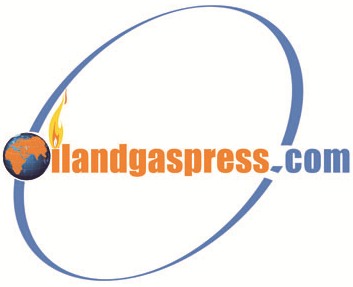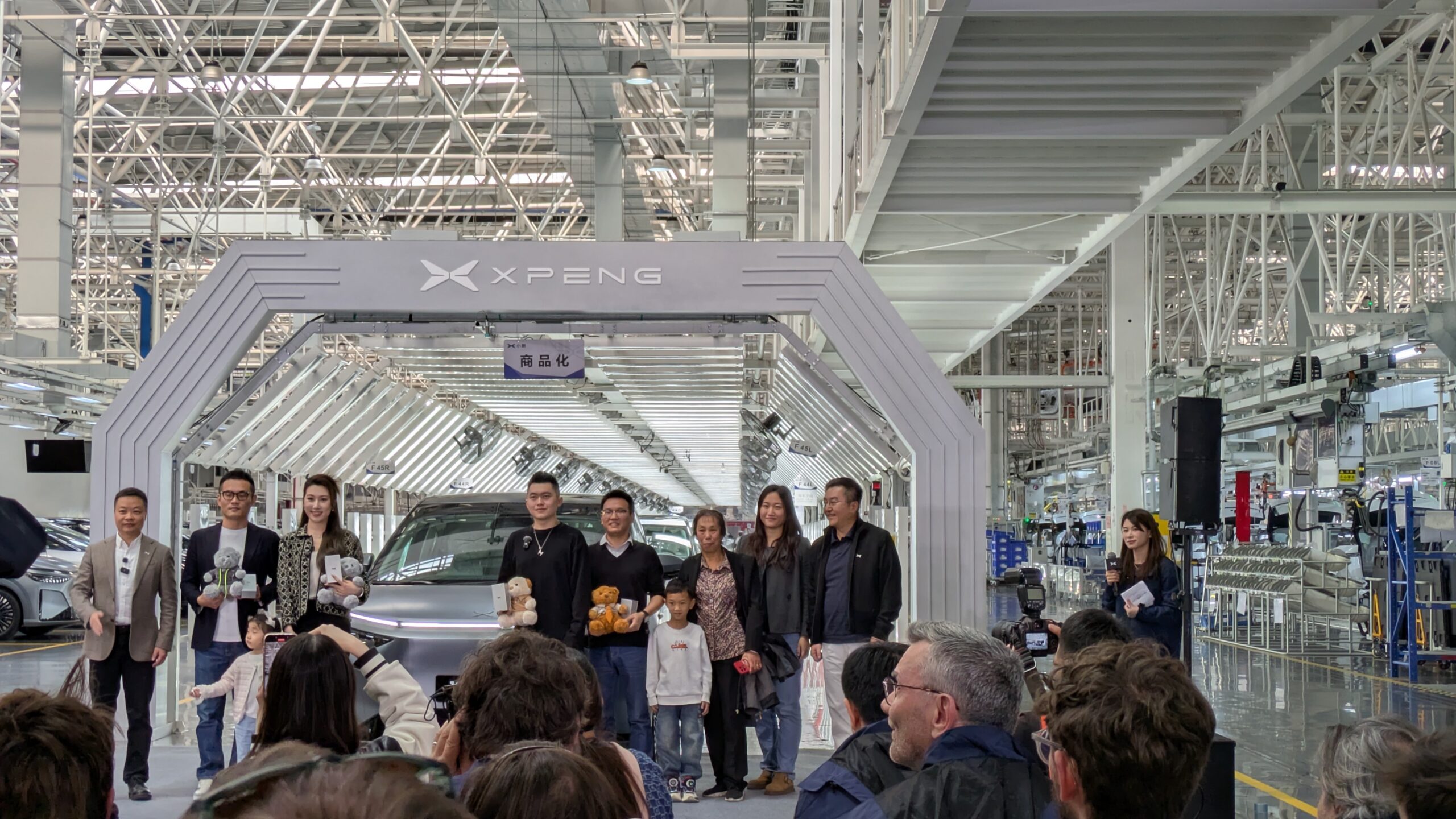Sign up for daily news updates from CleanTechnica on email. Or follow us on Google News!
Unsurprisingly, when it comes to hydrogen, the more real-world data collection and analysis that is done and published, the worse it looks. The latest black eye for the tiny molecule that so many love is in the efficiency of making hydrogen at refueling stations.
The Hydrogen Research and Fueling Facility (HRFF) at California State University, Los Angeles, has been in operation since 2014. It was the first station in the U.S. certified to sell hydrogen commercially on a per-kilogram basis. Positioned near major highways, it serves both campus vehicles and public fuel cell electric vehicles, with capacity for 15–20 cars daily. The station produces hydrogen on-site using a 60 kg/day alkaline electrolyzer, stores it at high pressure, and dispenses it at 350 and 700 bar, catering to various hydrogen-powered vehicle needs.
Because it’s not only a working station, but on a research facility, researchers were able to get much more data about its operations than for most of the few hundred stations around the world. Further, unlike most stations, which get truckloads of gray hydrogen delivered and pressurized, it is an embodiment of the utopian end state of the genre, getting renewable electricity delivered and making hydrogen close to where it’s dispensed.
As a reminder, this is the model that the International Council on Clean Transportation (ICCT) used in its fatally flawed study on road freight decarbonization in Europe. There was a big clue that something was problematic with that study in the primary graphic, which showed green hydrogen manufactured at truck stations and used in fuel cell trucks would have a cost of energy per kilometer traveled only slightly higher than electric trucks charged at the same stations. Given that battery electric vehicles are about three times as efficient electron to wheel as fuel cell vehicles, this was a startling finding, and bizarrely one that they defended.
That led to a trawl through five years of their hydrogen transportation studies finding innumerable errors, perhaps most startling being when they used the hypothetical best case future cost of manufacturing green hydrogen as the price liquid hydrogen powered ships would pay per kilogram. So much wrong with that.
And it’s not like hydrogen refueling stations need another entry in the debit column. As my analysis of California’s hydrogen refueling stations from a year ago showed, in their highest volume month, when they’d been operational for years and lemons should have been replaced and maintenance and operations procedures should have been at their peak, they were out of service 2,000 more hours than they had actually been pumping hydrogen. While study after study, including ICCTs, assumed 4% of capex annually for operations and maintenance, California’s experience suggests more like 30%.
Before digging into the new report, a brief nerdy digression. The heating value of hydrogen tells us how much energy is released when it burns, with two types: lower heating value (LHV) and higher heating value (HHV). LHV measures energy without capturing water vapor’s heat, assuming it escapes as steam. HHV, however, includes this extra energy, assuming the water cools and condenses. For hydrogen, this difference matters because LHV aligns better with fuel cell efficiency, which doesn’t recover the steam’s heat, making LHV a more practical measure for everyday energy output comparisons.
The paper defines refueling station efficiency in terms of overall energy performance by comparing the energy output (the lower heating value of the hydrogen dispensed and changes in stored hydrogen) to the station’s total electricity demand. This approach calculates station efficiency as the ratio of useful hydrogen energy to energy consumed by the facility, providing insight into operational energy expenditure and helping identify improvements. The study included several key components of the hydrogen station: the electrolyzer, which produces hydrogen on-site; storage compressors that pressurize hydrogen for storage; booster compressors for additional pressure during refueling; the dispensing line, which includes hoses and chillers to cool hydrogen to safe levels before dispensing; and the overall site energy systems that supply power to each of these components.
This still isn’t perfect, as fuel cells are only about 50% or 60% efficient at turning hydrogen into electricity, and hence forward motion, but it’s at least a good measure of the efficiency of a full hydrogen refueling station including balance of plant making its own hydrogen.
A rather large number of simplistic models assume that the efficiency of hydrogen refueling stations making their own hydrogen will be in the 60% to 70% range, using just proton exchange membrane (PEM) efficiency assumptions. Given all the components, that’s a bad assumption.
At an efficiency of 60%, a PEM electrolyzer consumes around 55 kWh of electricity to produce one kilogram of hydrogen. At 70% efficiency, this requirement drops to about 47 kWh per kilogram. I’ve tended to use 55 kWh with balance of plant in my napkin technoeconomic assessments. However, that’s turning out to be a bad idea.
The ICCT, in that ill-fated paper varying electrical efficiencies, based on the lower heating value (LHV), with 2020 levels at 48 kWh/kg for alkaline, 56 kWh/kg for PEM, and 42 kWh/kg for solid oxide. By 2050, efficiency improvements are expected to reach 42, 46, and 38 kWh/kg, respectively, for these technologies. Note that for PEM, they are assuming the electrolyser only efficiencies, indicative of another problem with their modeling.
Enter the findings of the new study, Multi-year energy performance data for an electrolysis-based hydrogen refueling station, by Genovese et al. What did it find?
In kWh per kilogram, the station’s efficiency varied significantly, requiring about 133 kWh/kg of hydrogen at 25% efficiency in 2016, peaking at 222 kWh/kg in 2017 when efficiency fell below 15%, and improving to 83 kWh/kg by early 2020 as efficiency climbed to 40%.
That’s for the alkaline electrolyser, which the ICCT shows as requiring 48 kWh/kg in 2020. The best case scenario, after working for years to improve efficiency, when volumes of use were high enough to eliminate low-usage problems, were double the kWh/kg that ICCT was using. I’ve reviewed the study again just now and find no other kWh/kg or efficiency numbers or adders.
Once again, real world studies of actual hydrogen refueling stations that have been operating for years, that are seeing fairly consistent usage, that have had bad equipment upgraded and which are receiving lots of tender loving care, find that they are performing terribly below assumed levels. Pretty much every report that uses accepted efficiencies for hydrogen in their workups for cost of of energy per kilometer traveled should be assumed to be wrong.
Chip in a few dollars a month to help support independent cleantech coverage that helps to accelerate the cleantech revolution!
Have a tip for CleanTechnica? Want to advertise? Want to suggest a guest for our CleanTech Talk podcast? Contact us here.
Sign up for our daily newsletter for 15 new cleantech stories a day. Or sign up for our weekly one if daily is too frequent.
CleanTechnica uses affiliate links. See our policy here.
CleanTechnica’s Comment Policy




